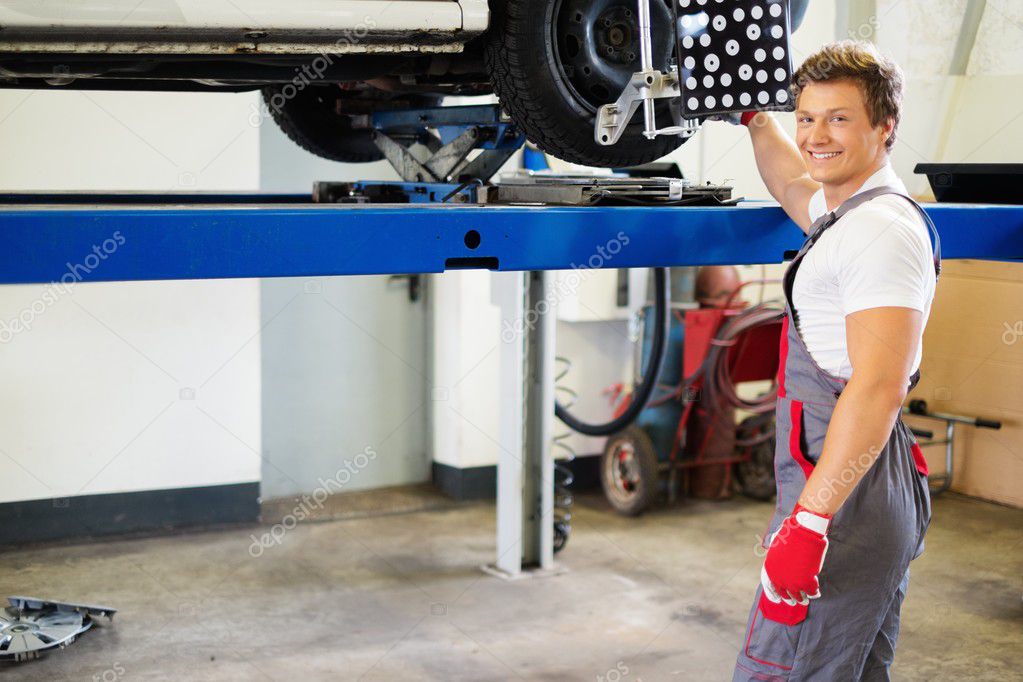- April 2, 2024
Mastering the Art of Wheel Alignment: A Comprehensive Workshop for Vehicle Owners

Image Source: Google
As a vehicle owner, understanding the importance of wheel alignment is crucial for ensuring the optimal performance and longevity of your car. Proper wheel alignment not only enhances your driving experience but also plays a significant role in maintaining the safety of your vehicle on the road. If you are searching for the best wheel alignment workshop service then, you can contact Autoservice Paulus.
In this comprehensive workshop, we will guide you through the fundamentals of wheel alignment, common signs of misalignment, and steps you can take to master this essential skill.
Common Signs of Misalignment
Uneven Tire Wear
- Excessive wear on the inside or outside edges of the tires indicates misalignment.
- Cupping or scalloping patterns on the tread may also be a sign of alignment issues.
Pulling or Drifting
- If your vehicle pulls to one side or drifts when driving straight, it may be a symptom of misalignment.
- Constant steering corrections are needed to keep the car straight on the road.
Steering Wheel Off-Center
- An off-center steering wheel when driving straight suggests alignment problems.
- The steering wheel may vibrate or feel loose due to misalignment issues.
Mastering Wheel Alignment
Alignment Tools and Equipment
Having the right tools is essential for achieving proper wheel alignment. Here are some common tools and equipment used for alignment:
- Alignment rack or lift for hoisting the vehicle off the ground.
- Alignment gauges for measuring camber, caster, and toe angles.
- Wheel clamps to secure the wheels in place during adjustments.
- Turntables for rotating the wheels to access all angles for alignment.
Alignment Procedures
Performing a wheel alignment involves a series of steps to adjust the angles of the wheels accurately. Here is a basic outline of the alignment process:
- Pre-alignment checks: Inspect tires, suspension components, and steering system for any signs of damage or wear.
- Set up the alignment equipment: Position the vehicle on the alignment rack and secure the wheels with clamps.
- Measure and adjust angles: Use alignment gauges to measure camber, caster, and toe angles, and make necessary adjustments to align the wheels properly.
- Test drive and fine-tune: After alignment, take the vehicle for a test drive to ensure it drives straight and the steering wheel is centered. Make any final adjustments if needed.
Conclusion
Mastering the art of wheel alignment is a valuable skill for vehicle owners looking to maintain their cars' performance and safety. By understanding the fundamentals of alignment, recognizing common signs of misalignment, and following proper alignment procedures, you can ensure your vehicle stays on the right track.